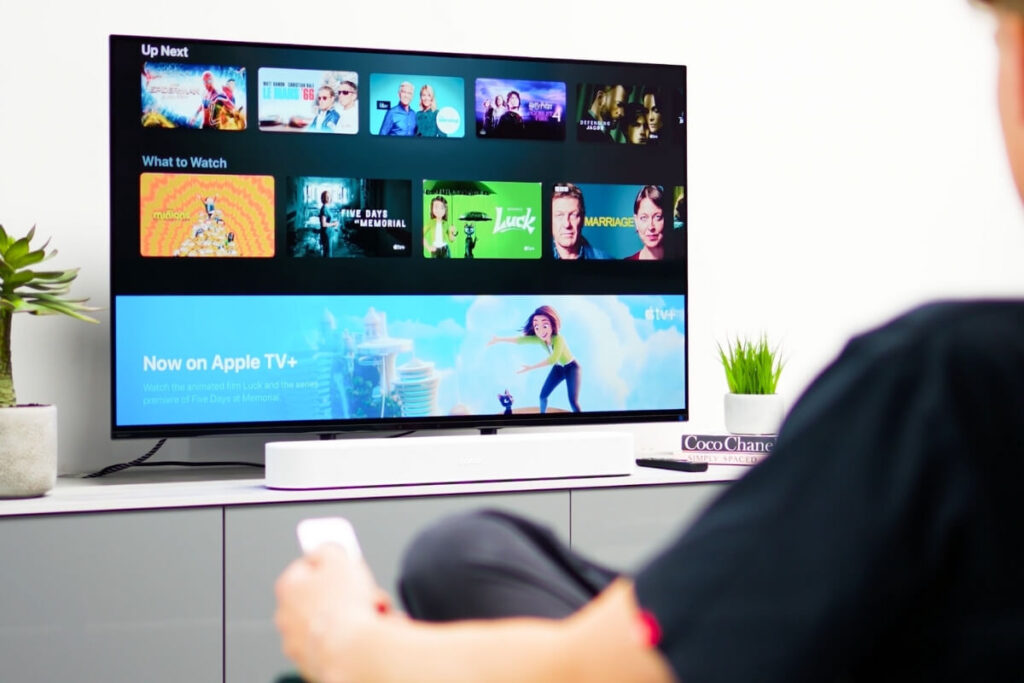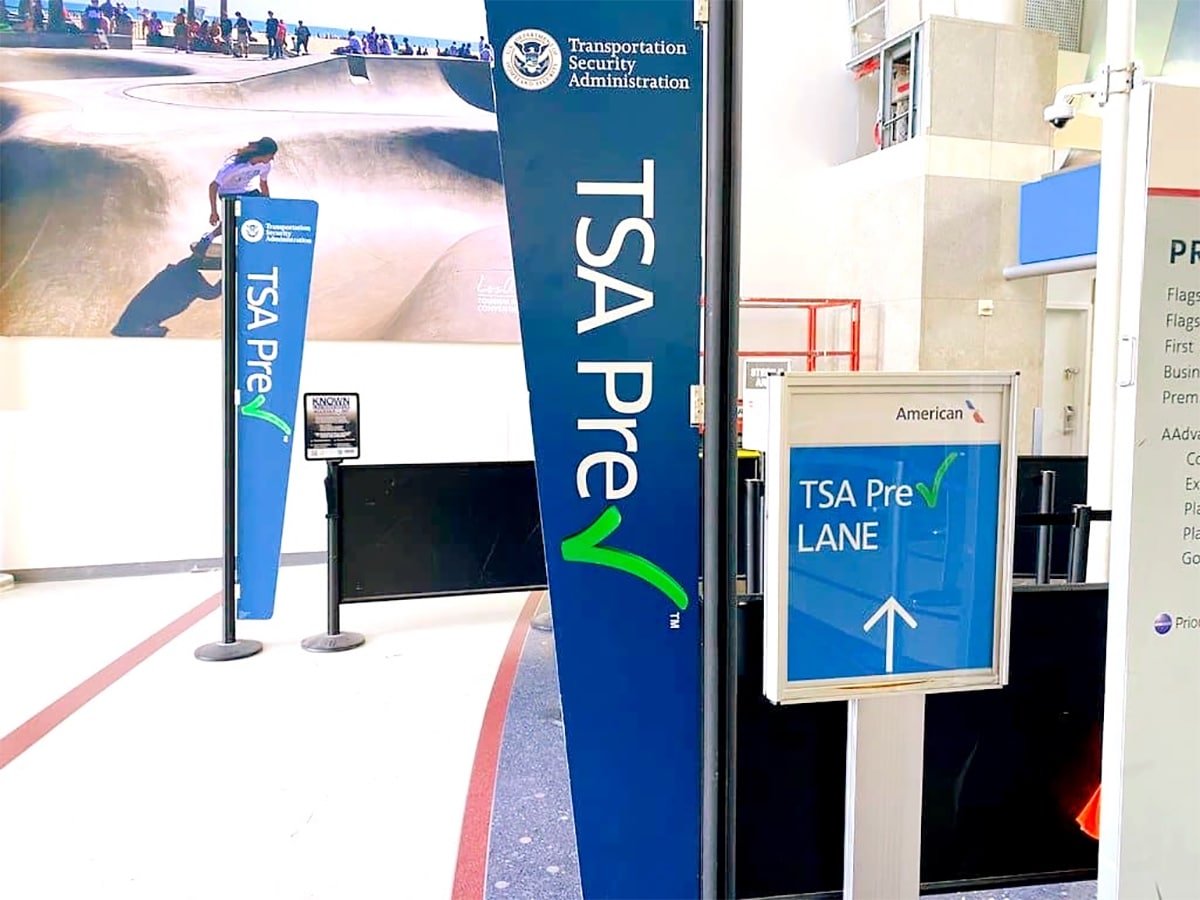Comet C/2025 K1 (ATLAS) Breaks Apart into Three Separate Fragments
Italian astronomers obtained uncommon footage of Comet C/2025 K1 ATLAS disintegrating in real-time. The comet’s solar passage on October 8 caused subsurface ice to evaporate, generating gas pressure that fractured the nucleus internally. This resulted in an outcome even more unusual than the acceleration enigma of 3/I ATLAS. Although the structural damage occurred in October, the comet did not visibly fragment until a month later when astronomers observed the breakup in action. Utilizing the 1.82m Copernicus telescope at the Asiago Observatory, they documented the comet’s disintegration on November 11-12.
According to a statement from the Italian Institute of National Astrophysics (translated), the fragments of the comet are approximately 1,250 miles (2,000 km) apart. This distance is similar to that between Chicago and Miami, but these pieces are bits of 4.6-billion-year-old ice racing through space at thousands of miles per hour.
Discovered in May 2025, the comet gradually became brighter as it neared the sun, yet it remained invisible to the naked eye, unlike other comets. Astronomers anticipated that the close October passage would stress the comet’s structure, making the November observations a key priority for monitoring potential changes. They recorded the fragmentation unfolding over 24 hours, illustrating how the fragments continued to drift apart subsequent to the initial break.
A 4.5-billion-year-old time capsule
This comet is believed to have originated in the Kuiper Belt, a zone of icy objects outside Neptune’s orbit. Although its precise age remains unknown, scientists estimate it to be approximately as old as the solar system itself — about 4.6 billion years. This ancient origin grants the breakup significant scientific value. Gathering data about a comet’s exterior, particularly one this ancient, is beneficial, but acquiring information about its interior is even more crucial. Comet surfaces undergo bombardment by solar radiation and cosmic rays for billions of years, altering their chemical makeup.
Scientists have extensively examined the origins of the solar system from its initial materials. The breakup revealed interior material that has remained untouched by solar radiation, granting researchers immediate access to unaltered samples from the solar system’s inception. By analyzing the composition of this freshly exposed material, scientists can uncover the elements and compounds that existed within the solar nebula—the cloud of gas and dust that ultimately collapsed to form the sun, planets, and everything currently orbiting.
Access to such pristine material is rare since most comets remain intact or fragment too far from Earth for detailed study. Fortunately, Italian astronomers identified this one at the optimal distance with clear skies to capture the revealed interior material. Despite its breakup, this comet, like others, does not pose a threat to life on our planet.
Capturing the split in real-time
Italian astronomers at the Asiago Observatory were monitoring C/2025 K1 after its October solar passage when they observed it fragmenting on November 11-12. What began as routine monitoring transformed into documentation of a rare breakup event.
The telescope images display two prominent, bright fragments alongside a smaller, dimmer piece trailing behind. Gianluca Masi of the Virtual Telescope Project made additional observations on November 12-13, recording how the fragments continued to drift apart. Clear skies with minimal atmospheric turbulence enabled them to capture intricate details of an object millions of miles away.
Comet breakups are infrequent in visible locations, either occurring too swiftly or too far away to be seen with a high-resolution telescope. Multi-night observations allow researchers to analyze the progression of fragmentation rather than just the final outcome. The 24-hour observation period revealed that the fragments were actively moving further apart, with the debris field continuing to expand as they drifted. Spectroscopic analysis of the exposed interior material will unveil the comet’s chemical composition, providing direct evidence of what existed during the early solar system.
Read More











